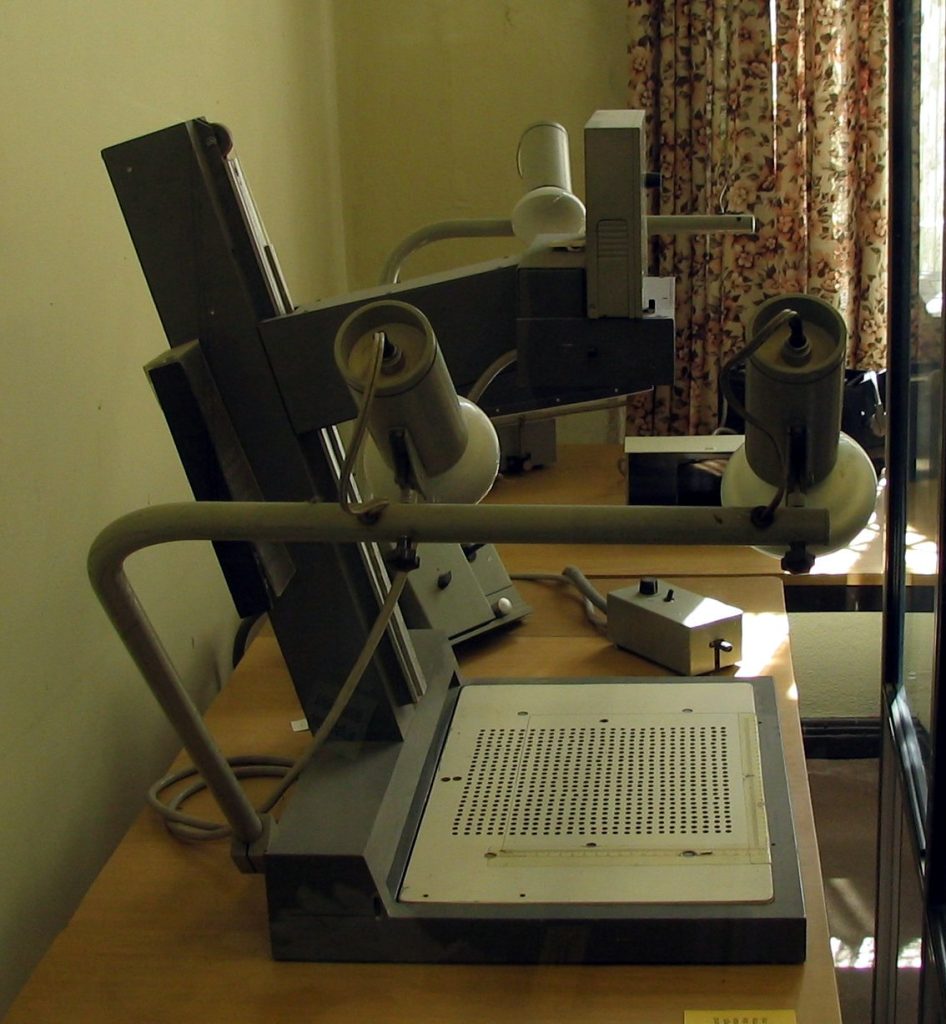
Conversation recorder used by the Stasi, CC BY-SA 3.0
During the Cold War, East Germany‘s Ministry for State Security, commonly known as the Stasi, perfected a clandestine and insidious tactic known as Zersetzung. This psychological warfare technique, aimed at undermining perceived threats to the state, left a lasting impact on individuals and society as a whole.

Origins of Zersetzung
The roots of Zersetzung can be traced back to the authoritarian regime of East Germany, where the ruling Socialist Unity Party sought to maintain control over its citizens through any means necessary. In the 1950s, as dissent began to emerge, particularly among intellectuals and activists, the Stasi recognized the need for a more subtle approach to repression. They did it by applying Zersetzung, the quiet, but very destructive weapon used during the Cold War.
The Toolbox of Zersetzung
Zersetzung relied on a diverse toolbox of tactics, carefully selected to exploit the psychological vulnerabilities of its targets. One of the primary methods was extensive surveillance, so much present during the Cold War era, with the Stasi employing a vast network of informants and electronic monitoring to gather information on individuals’ activities and associations.
But Zersetzung went beyond mere surveillance. It encompassed a range of psychological warfare tactics designed to destabilize and demoralize its targets. Gaslighting, spreading rumors, and orchestrating seemingly random events to induce paranoia were all common strategies employed by the Stasi.
Surveillance
Targets were subjected to constant surveillance, both physical and electronic, to gather information about their activities, relationships, and vulnerabilities.
Psychological Warfare
The Stasi sought to induce paranoia, anxiety, and isolation in their targets by employing tactics such as spreading rumors, gaslighting, and creating a sense of omnipresence.
Interference with Personal Affairs
The Stasi would interfere with various aspects of their targets’ personal lives, such as tampering with mail, damaging property, or disrupting relationships, to sow chaos and undermine their stability.

Isolation and Alienation
Targets would often find themselves isolated from their support networks as the Stasi worked to undermine their relationships with friends, family, and colleagues, leaving them feeling alienated and vulnerable.
Zersetzung was a highly effective tool for the Stasi, as it allowed them to neutralize perceived threats without attracting widespread attention or condemnation. Sometimes it was easier to apply this “quiet” approach and destabilize the victim, than using something that will internationally harm the state’s reputation. Its insidious nature made it difficult for targets to identify and counteract, leading to widespread fear and mistrust within East German society.
However, despite the Stasi’s efforts, many individuals and groups persisted in their opposition to the regime, and following the fall of the Berlin Wall in 1989, the extent of the Stasi’s activities was exposed, leading to widespread condemnation of their tactics and the eventual dissolution of the organization.
The Human Cost of Zersetzung
The toll of Zersetzung on its victims was profound and enduring. Many found themselves living in a constant state of fear and anxiety, never knowing who they could trust or when the next blow would fall. Relationships were strained or severed as the Stasi sought to isolate their targets from their support networks.
The psychological impact of Zersetzung often extended beyond its immediate victims, permeating through families, communities, and even entire sectors of society. The pervasive atmosphere of suspicion and mistrust marked the Cold War era in the GDR.
Resistance and Resilience
Despite the Stasi’s best efforts, not all succumbed to Zersetzung without a fight. Many individuals and groups continued to resist, finding strength in solidarity and defiance. Grassroots movements, underground publications, and acts of civil disobedience were all expressions of resistance against the oppressive regime.
While the Stasi’s tactics were effective at times, they were not invincible. The courage and resilience of those who dared to challenge the status quo played a crucial role in exposing the brutality and injustice of the East German regime.
Legacy of Zersetzung
The fall of the Berlin Wall in 1989 marked the beginning of the end for the Stasi and its reign of terror. As East Germany underwent a process of reunification with the West, the extent of the Stasi’s activities was laid bare for the world to see. Archives were opened, revealing the full scope of Zersetzung and its devastating impact on individuals and society.
The legacy of Zersetzung continues to reverberate to this day. It’s the lesson from the history of what happens to civil liberties and human rights under a regime that has a dangerous power.
